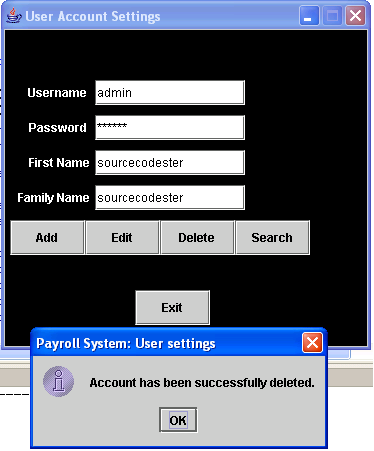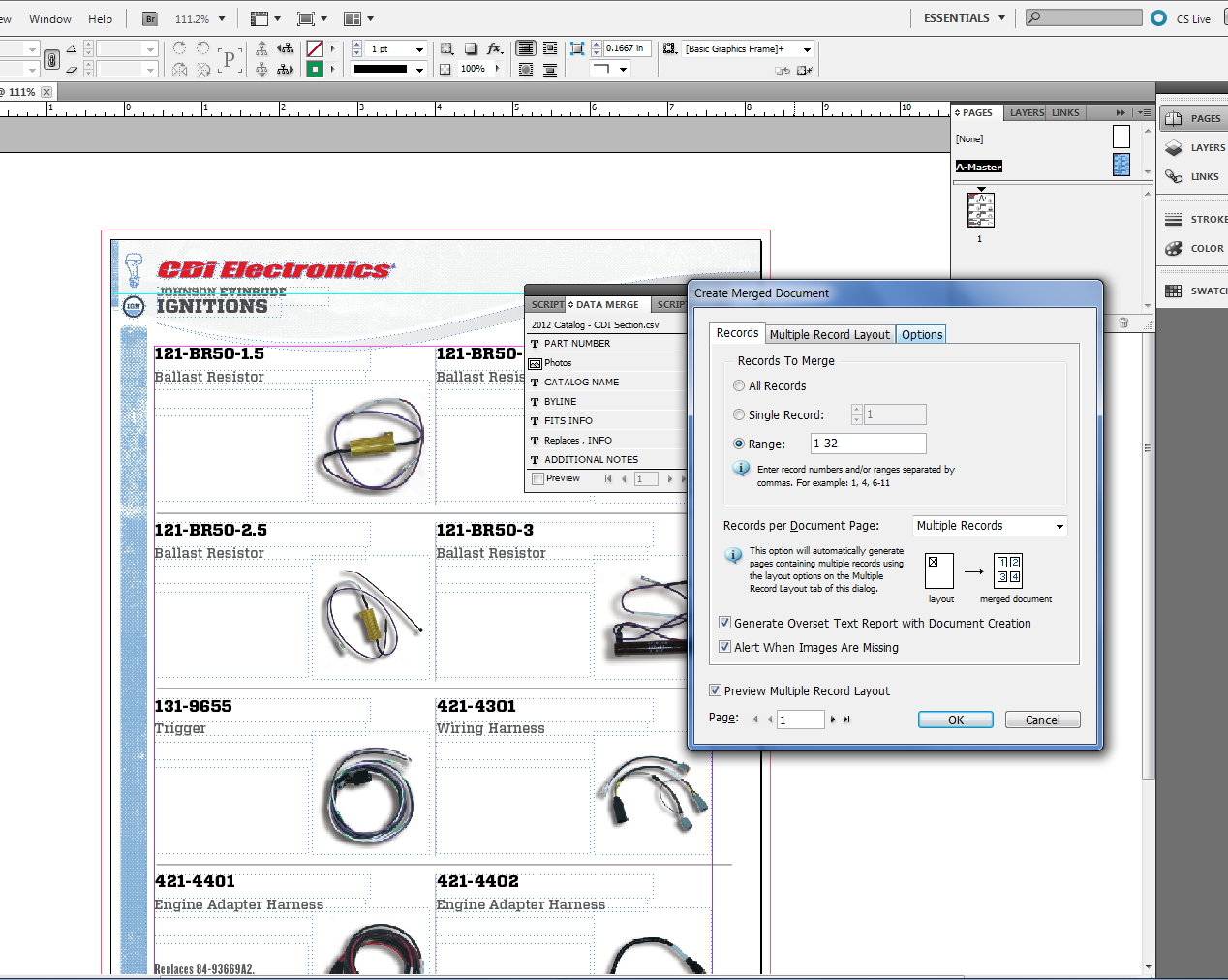

- DATA MERGE SAS DELETING RECORDS HOW TO
- DATA MERGE SAS DELETING RECORDS UPDATE
- DATA MERGE SAS DELETING RECORDS CODE
DATA MERGE SAS DELETING RECORDS UPDATE
These clauses identify the conditions when a UPDATE or an INSERT will be performed based on the results of the join between the Target and Source tables. Following the ON clause are two WHEN clauses. In my example above I’m joining the Source and Target table based on the ProductName column.
DATA MERGE SAS DELETING RECORDS HOW TO
The ON clause identifies how to join the Target and Source tables. The Source table identifies the potential records that will be inserted or updated in the Target table. The table following the USING clause, with the table alias of S is known as the Source table. The Target table is the table in which I will be performing an UPDATE, or an INSERT.

The table identified right after the MERGE statement, the one with the table alias of T is known as the Target.
DATA MERGE SAS DELETING RECORDS CODE
Let me review the above code and explain how it worked. When I run this code I get the following output: Id ProductName Qty WHEN NOT MATCHED THEN INSERT (ProductName ,Qty ) VALUES (S. These two tables will be used in the following MERGE statement, which performs an UPSERT operation: USE tempdb The Source table is also used to determine if an UPDATE needs to be performed against any existing records in my Product table. My Source table identifies the records that will be used to determine if a new record needs to be inserted into my Product table. The other table, NewInventory, is the Source table. This is the table that I will be updating or inserting rows using the MERGE statement. The first table I created was the Product table, which will be my Target table.

NewInventory (ProductName, Qty ) VALUES ( 'Sandpaper' ,20 ), ( 'Paint Brush 1 inch' ,15 ), ( 'Magic Stripper' ,5 ) Product (ProductName, Qty ) VALUES ( 'Magic Stripper', 5 ) CREATE TABLE dbo. I will use the following code to create my Source and Target table: USE tempdb In order to demo the MERGE statement I will need a Source and Target table, which will be used in my MERGE example. The Source table is used to identify the rows that needed be inserted or update, and the Target table is the table that rows will be inserted or updated. In order to accomplish this the MERGE statement requires both a Source and Target table. The MERGE statement supports inserting and updating rows in a table with a single operation. Being able to use the MERGE statement to perform inserts or updates to a table makes it easier to code your UPSERT logic in TSQL.

With the introduction of the MERGE statement with SQL Server 2008 you can perform either an INSERT or UPDATE statement using a single MERGE statement. Prior to the introduction of SQL Server 2008 if you needed to write logic that inserted rows into a target table if they didn’t exist, or updated them if they did exist you needed a series of “if then else” logic and needed to perform both the UPDATE and INSERT statement. What is the Value of the MERGE Statement? In this article I discuss how to use the MERGE statement to UPDATE, INSERT and DELETE records from a target table. Not only does the MERGE statement support the UPSERT concept, but it will also support deleting records. The MERGE statement was included into the set of TSQL statements when SQL Server 2008 was introduced. To perform the UPSERT operation Microsoft introduced the MERGE statement. The term UPSERT has been coined to refer to an operation that inserts rows into a table if they don’t exist, otherwise they are updated.


 0 kommentar(er)
0 kommentar(er)
